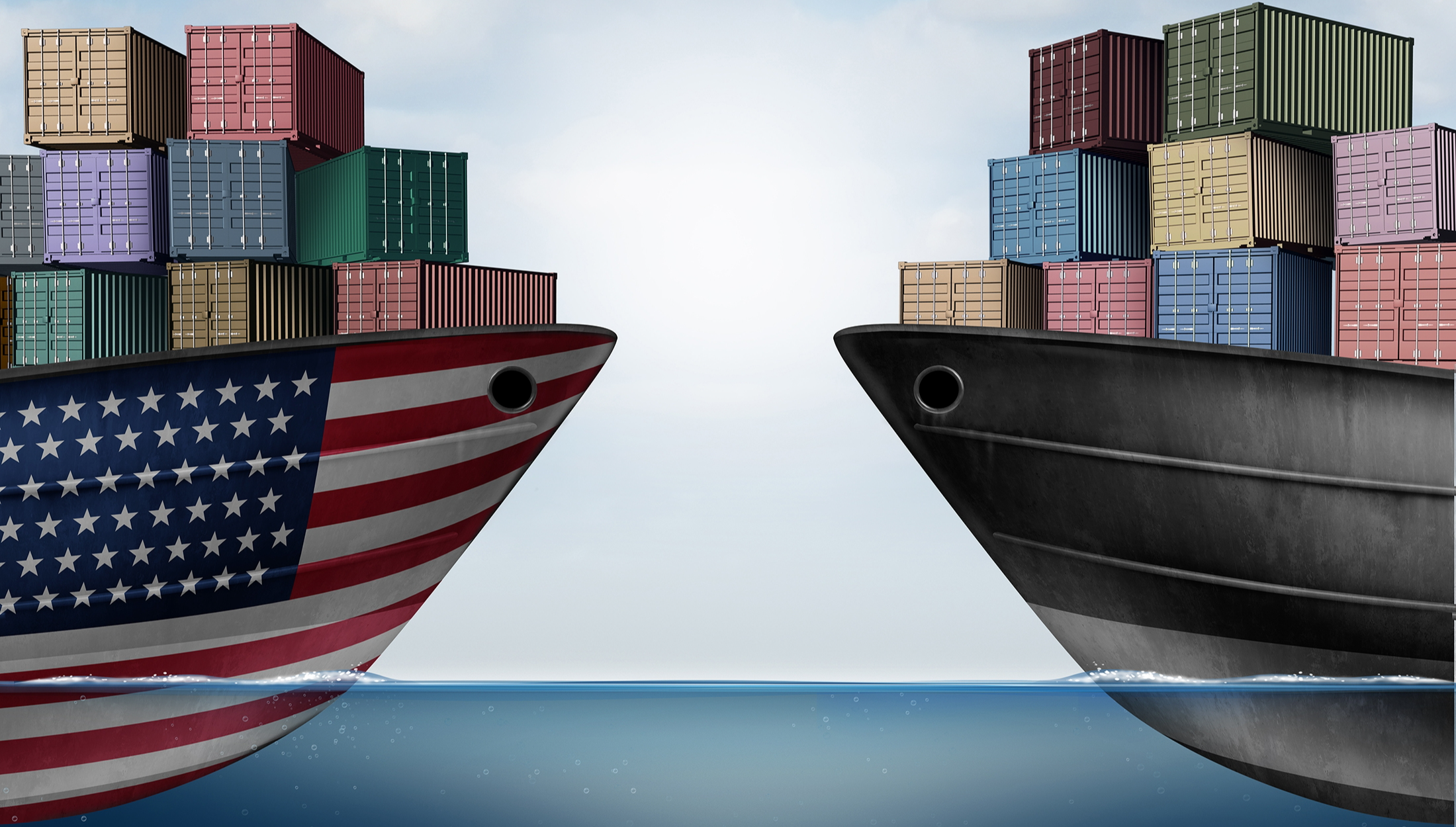U.S. Tariffs and India: Understanding the Economic Implications in 2025

In a global economy where collaboration often drives progress, the re-emergence of trade barriers sends shockwaves across continents. In 2025, the United States imposed a 26% reciprocal tariff on Indian exports—an unexpected move that has sparked concern among policymakers, economists, and business leaders in India. As the dust settles, the question remains: What are the real economic implications of these U.S. tariffs on India?
A Breakdown of the U.S. Tariff Decision
The U.S. decision to levy steep tariffs on Indian goods comes amid rising protectionist sentiment and ongoing global economic recalibrations. While the specific categories of goods affected vary, the broader implication is clear—India's access to one of its largest trading partners just became significantly more expensive.
According to economic analysts, this move could shave 20 to 40 basis points off India’s projected GDP growth in FY 2025–26. With the Reserve Bank of India (RBI) earlier forecasting 6.7% growth, that figure could now fall to around 6.3–6.5%, depending on mitigating measures.
Impact on Key Sectors
- Textiles and Apparel:
One of India's top export categories to the U.S., the textile sector now faces shrinking profit margins and potential order cancellations due to higher prices for American buyers. - Pharmaceuticals:
Although less price-sensitive, the pharma sector may experience supply chain frictions and renegotiations of existing contracts. - Engineering Goods and Auto Components:
These high-value exports are likely to be hit hard, potentially reducing India's share in U.S. imports in favor of more competitively priced alternatives. - IT and Services:
While largely unaffected by tariffs directly, the overall chill in bilateral relations could influence regulatory stances and visa policies, indirectly affecting India's booming service exports.
Monetary Policy and Fiscal Reactions
In response to this economic headwind, the RBI has already cut the repo rate by 25 basis points—its second reduction in 2025—and signaled a shift to an accommodative policy stance. The objective: stimulate domestic demand and cushion the blow from reduced export revenue.
There is also growing anticipation around fiscal support for exporters and MSMEs, with possible incentives or subsidies to maintain competitiveness in the short term.
India’s Strategic Countermoves
India is not just reacting—it’s recalibrating. Here’s how:
- Accelerating Trade Agreements:
India is fast-tracking FTAs with the UK, EU, and other regions to reduce reliance on the U.S. and tap into newer, more favorable markets. - Diversifying Export Markets:
Indian exporters are looking towards Southeast Asia, Africa, and Latin America to fill the demand gap left by reduced access to the U.S. - Boosting Domestic Manufacturing:
Through schemes like PLI (Production Linked Incentive), India is investing in self-reliance and export competitiveness.
Long-Term Implications: Challenge or Catalyst?
While the immediate economic impact of U.S. tariffs on India is a cause for concern, it may also serve as a catalyst for long-overdue reforms. From reducing red tape to improving logistics and enhancing ease of doing business, the situation underscores the urgency of building a more resilient and diversified trade portfolio.
Moreover, this could push India to strengthen regional partnerships and assert itself as a key player in the Global South—not just as a market, but as a manufacturing and innovation hub.
Conclusion
The U.S. tariffs are a wake-up call for India’s export-driven sectors, but they also open doors for strategic pivots. By adopting proactive monetary policies, diversifying trade relationships, and reinforcing its domestic industry, India has the opportunity to turn short-term economic pain into long-term gain.
As the global order reshapes, India’s ability to adapt swiftly and strategically will define its path forward—not just in 2025, but in the decade to come.
Recent post
Take Fintegriti for a Test Drive
No License Required!
Still on the fence? Hop in and experience payments so smooth,
even your morning coffee will be jealous



